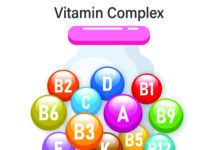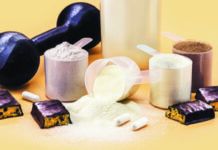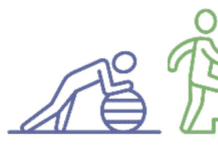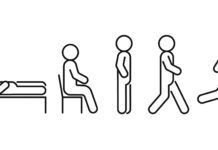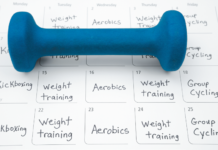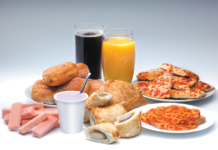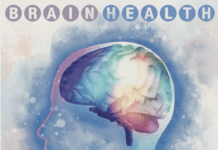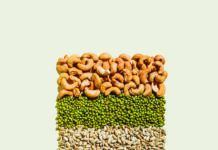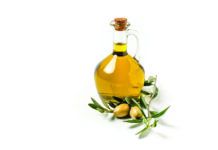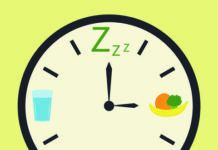Stroke is the fifth highest cause of death in the U.S. and a major cause of disability. Fortunately, there are steps you can take to reduce your risk.
Are You at Risk? A stroke (the blockage or rupture of a blood vessel in the brain) can occur at any time of life, but likelihood increases with age. Genetics play a role, but the major modifiable risk factor for stroke is elevated blood pressure. High LDL cholesterol levels, type 2 diabetes, and smoking are risk factors as well. A prior stroke, “mini stroke” (transient ischemic attack, or TIA), or heart attack increases your risk. Conditions like irregular heartbeat (atrial fibrillation), abnormal heart structure, and blood clotting disorders can also play a role.
Reducing Your Risk. Your diet and lifestyle choices, along with medication when appropriate, can go a long way toward reducing your stroke risk.
➧ High Blood Pressure: High blood pressure (also called hypertension) increases the force of the blood pushing against artery walls, which can contribute to a rupture (hemorrhagic stroke). It also increases risk for strokes caused by blood clots (the more common ischemic stroke). As increased blood pressure stretches the arteries, small tears can form in the vessel lining. The body responds by repairing the tears with scar tissue. When scar tissue is present, blood clots are more likely to develop. If this blood clot gets stuck in a smaller vessel of the brain it will cut off blood flow, causing a stroke.
What to do: “To avoid the development of high blood pressure, limit sodium intake at all stages of your life, avoid excess weight gain, and engage in regular physical activity,” says Alice H. Lichtenstein, DSc, Gershoff professor of nutrition and senior scientist and director of the Cardiovascular Nutrition Laboratory at the HNRCA. “Eating habits are formed early in life. Be a role model to your children and grandchildren with what you have in the house and what you choose to eat.”
To prevent and treat high blood pressure, the current recommendation is to aim for intake of under 2,300 milligrams of sodium a day. (The main source of sodium in the diet is salt, which is about 40 percent sodium and 60 percent chloride.) Choose whole and minimally processed foods as often as possible; cook more food at home to avoid typically high-sodium restaurant fare; limit intake of highly processed foods; flavor foods with herbs and spices rather than salt; and read food labels so you can choose the lowest sodium products.
Eating foods high in potassium and magnesium, like fruits and vegetables, can help lower blood pressure.
➧ LDL Cholesterol: High levels of low-density lipoprotein (LDL) cholesterol and certain other cholesterol particles in the blood increase your risk of stroke. These particles contribute to atherosclerosis (“hardening of the arteries”): a build-up of cholesterol-laden deposits on your blood vessel walls. Atherosclerosis, particularly in blood vessels that feed the brain, can cause a blood clot to form.
What to do: For most people, the main contributor to high LDL cholesterol is dietary fat, particularly saturated fat. Replace saturated fat in your diet (from fatty cuts of meats, processed meats, butter, lard, and coconut and palm oils) with unsaturated fats (from minimally processed plant foods and non-tropical plant oils such as soybean and canola oils).
Cut refined carbs (like foods made with white flour) and choose whole grain foods and foods with unsaturated fats instead. Fiber can help lower cholesterol in the body, so up your intake of fibrous foods like fruits, vegetables, whole grains, and legumes.
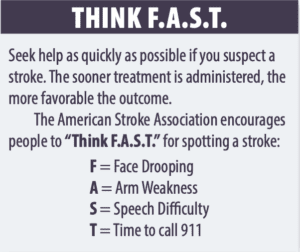 If these dietary changes don’t adequately lower your LDL cholesterol levels, assess your intake of dietary cholesterol, and if diet and lifestyle changes are not enough, take medications as prescribed.
If these dietary changes don’t adequately lower your LDL cholesterol levels, assess your intake of dietary cholesterol, and if diet and lifestyle changes are not enough, take medications as prescribed.
➧ Type 2 Diabetes: The high levels of blood sugar (glucose) that are the hallmark of type 2 diabetes can damage the blood vessel walls. This damage increases risk for atherosclerosis, and, therefore, stroke.
What to do: Do your best to keep your blood sugar numbers under control. Be physically active every day, keep your weight within a healthy range, take medications as directed, and make healthy dietary choices. The American Diabetes Association recommends filling half your plate with non-starchy vegetables, one-quarter with a protein like seafood, beans, poultry, eggs, or lean beef or pork, and one-quarter with carbohydrates like whole grains.
➧ Smoking: Cigarette smoking is responsible for up to 18 percent of all strokes. One large meta-analysis of 22 studies suggested smokers were approximately twice as likely to have a stroke as non-smokers. The more you smoke, the higher your stroke risk. Studies have shown use of e-cigarettes and vaping also have a negative effect on the lining of blood vessels, which likely increases stroke risk.
What to do: If you smoke or use e-cigarettes (including vaping), get help quitting, or at least cut back. Avoid secondhand smoke as much as possible.





